If you think about it, a bird egg is a beautiful thing. Within this fragile container is the promise of new feathered life. And bird eggs come in a surprising variety of shapes, sizes and colours. No matter what they look like, there is one fact that may seem obvious but deserves mention – eggs roll. And a rolling egg is not a safe egg. Keeping her eggs both warm and safe is the challenge every mother bird faces. That is why she makes a nest – sometimes an elaborate affair like the woven, hanging nest of a Northern Oriole, or sometimes as simple as a hollow scrape in the ground like that of a Killdeer.
This is part of a series of articles based on Jacob’s new book called the Book of Nature Connection – 70 Sensory Activities for all Ages, published by New Society Press and released on April 18 th, 2022.
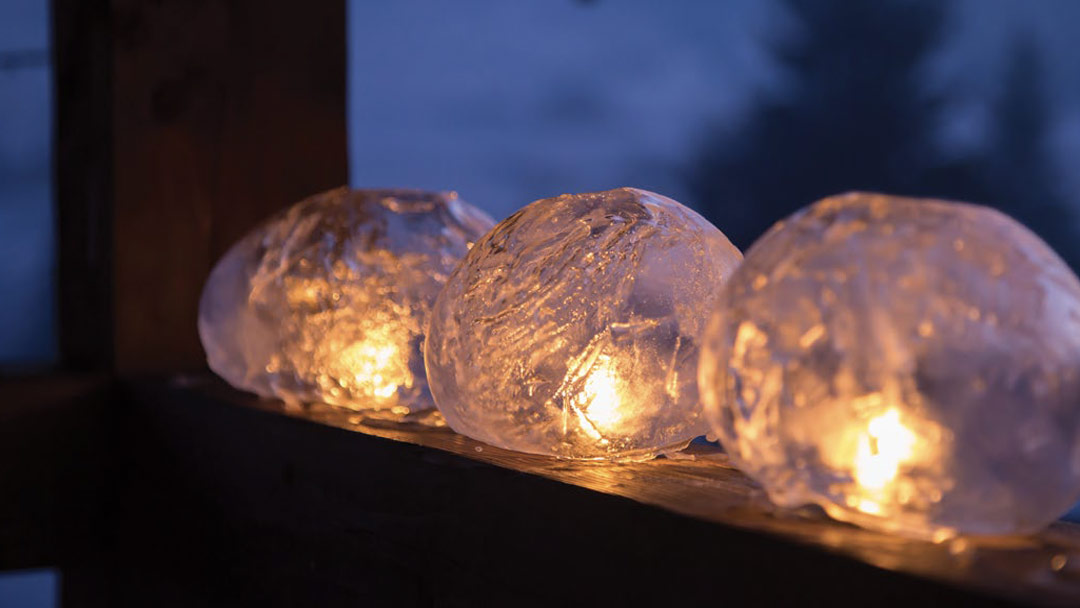
It is a cold December day. A delicate layer of frost edges the corner of each window and mounds of snow smooth over bushes and trees. Birds are huddled under eaves, fluffing their feathers, reminding you that winter is well and truly here.

Nature is full of complex curves, shapes, and lines: the sweep of a pine branch, a cascading waterfall, waves marching along a lake, or a rolling thunder cloud. To our eyes, the natural world may seem chaotic—a bold blend of colours, textures, and patterns. But a more careful look reveals just how intricate and lovely the shapes of nature are.
Recently, I had the amazing opportunity to sit down with two incredibly inspirational men who have dedicated much of their lives to engaging kids (and parents!) with nature. Drew Monkman and Jacob Rodenburg have written The Big Book of Nature Activities. A year-round guide to outdoor learning.

You may be lucky enough to have balsam firs growing where you live, and if you do, you’ve got access to the tools to craft a resin-powered “motorboat” ready to zoom across any pond!
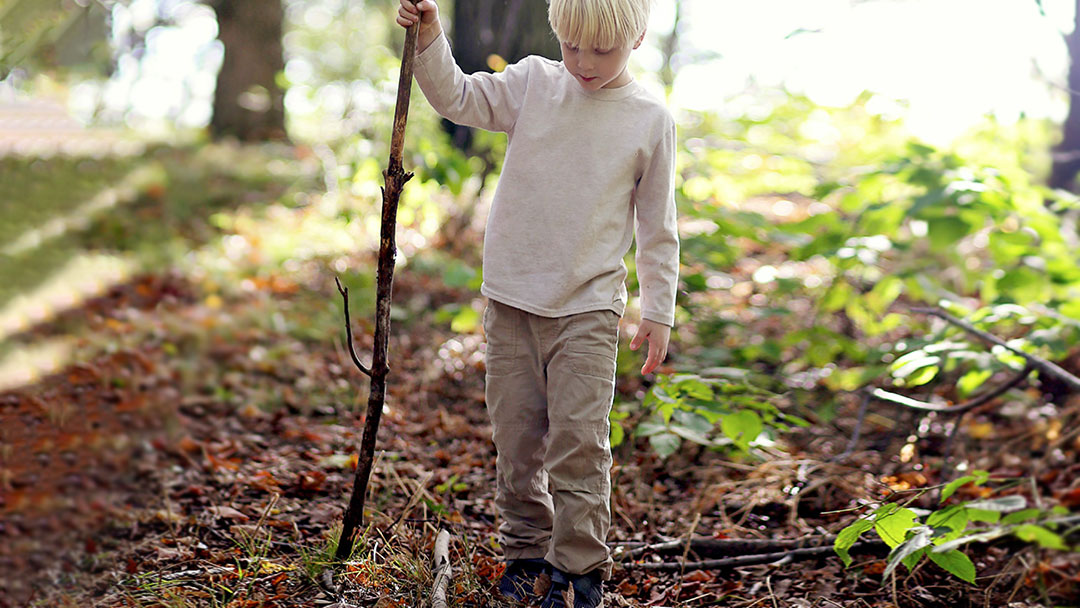
If you’re like me, a walk through the woods is a loud affair. Stepping on sticks, squelching through mud, shuffling over dried leaves, and smashing through branches—whatever wildlife may have been hiding is long gone.
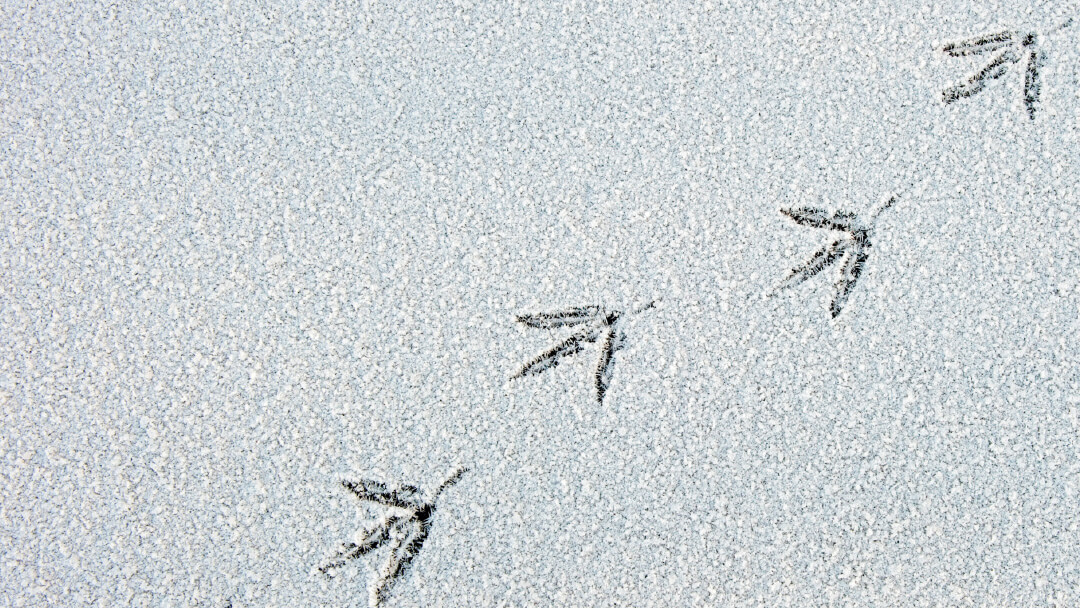
It’s a cold February day. A delicate layer of frost edges the corner of each window and mounds of snow smooth over bushes and trees. Birds are huddled under eaves, fluffing their feathers, reminding you that winter is well and truly here.
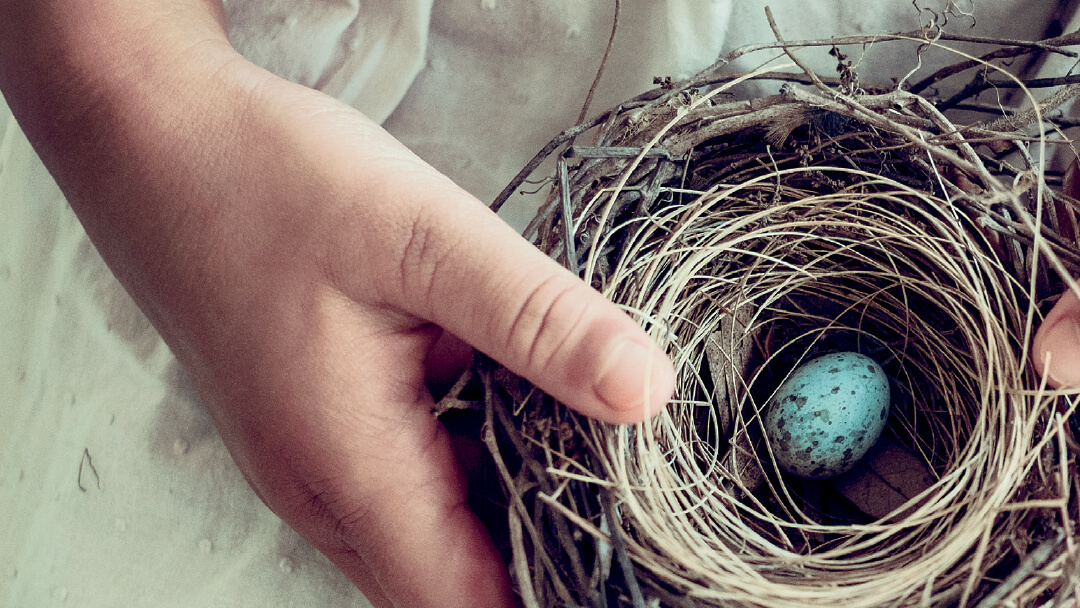
Liam could barely contain his excitement as he bounced back and forth from one foot to the other. There, cradled in his cupped hands, was a red-backed salamander, its moist skin glistening in the sun.
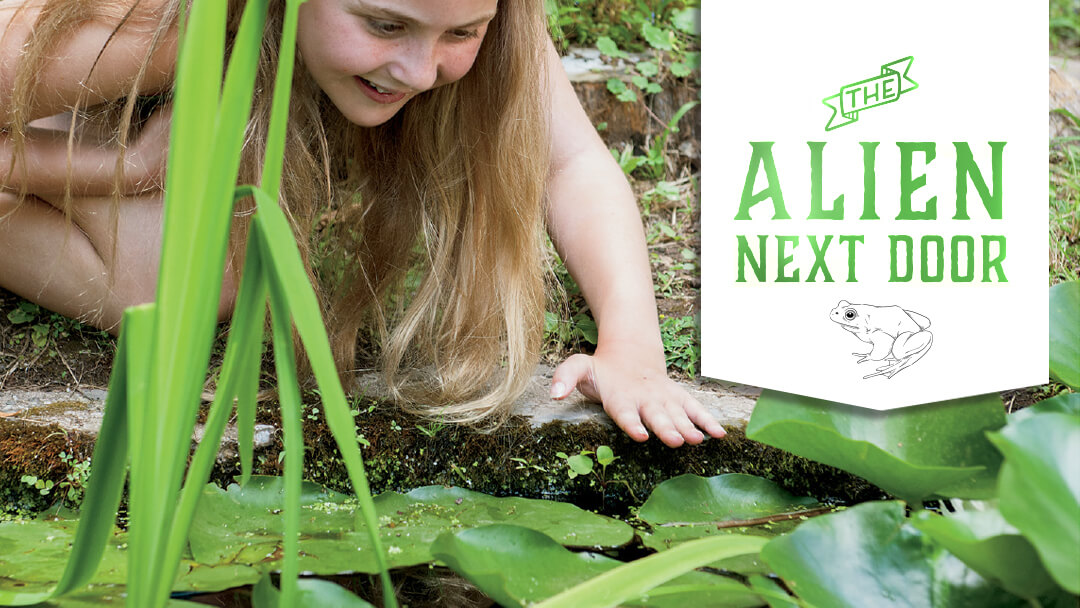
Ever think about what lives in the slime and the ooze of your nearby pond? It may seem like there isn’t a lot going on down in that muddy underworld — just some mud, plants and a few frogs. But you’d be surprised!









